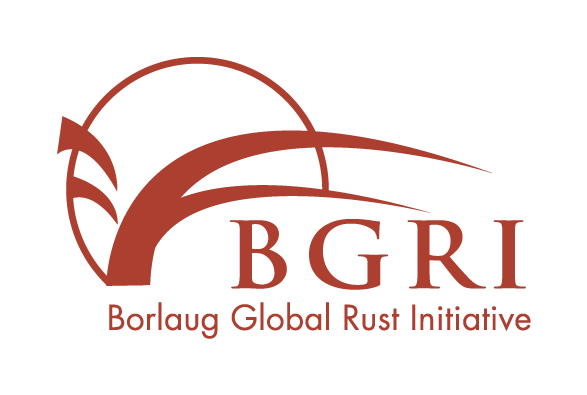Wheat species, Triticum aestivum and Triticum Turgidum are the two important cereal wheat grains widely cultivated as stable food at worldwide level and Ethiopia. Wheat Stem rust, caused by biotrophic fungus, Puccinia graminis f.sp.tritici is one of the most important foliar diseases of wheat, remains among the top three diseases devastating wheat production in Ethiopia. Multiple wheat stem rust epidemics outbreaks had been caused significant losses in different wheat growing regions of Ethiopia. This study was conducted to identify pathogenic variation in Puccinia graminis f.sp.tritici population in southwestern and western Ethiopia. Purposive multi–stage sampling strategy was used to select major four wheat growing zones, six districts and peasant associations for handling the survey activity. Fifty seven single pustule based stem rust isolates derived from 86 samples were analyzed using twenty stem rust differentials gene and designated to six races namely; TTKTT, TKKTF, TTKTF, TTTTF, TKTTF and TTRTF. Out of the six races identified, TKKTF was dominant race holding of 38 % of the isolates and followed by TKTTF containing 21.1% of the isolates. Race TTKTT was reported by 2020 in central Ethiopia, Moreover the novelty of this paper is presence of a most complex virulence combination of all Known UG99 lineages (TTKTT) being investigated for second time in Ethiopia. It is virulent to 95% of stem rust resistance genes including Sr24, an effective stem rust resistance gene to several stem rust races so far encountered in Ethiopia, and present in some popular bread wheat commercial cultivars. Now, no Sr gene is being resistance to wheat stem rust in Ethiopia. Hence breeding strategy should be focus on searching resistance gene to develop resistance cultivars and advanced breeding lines against emerging and reemerging races.





